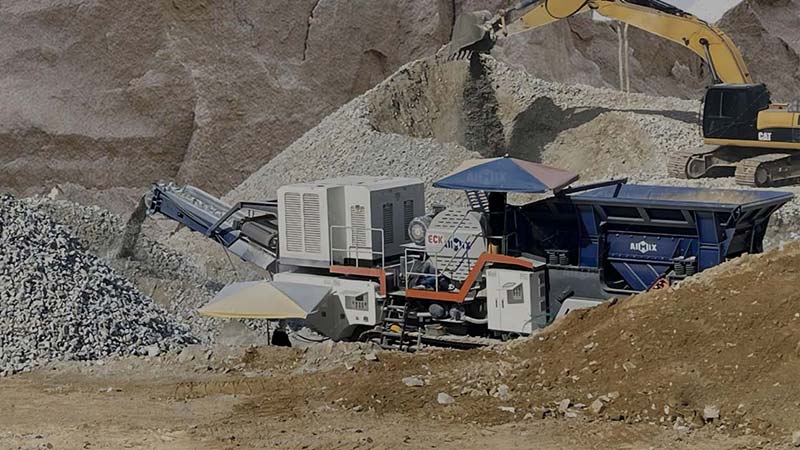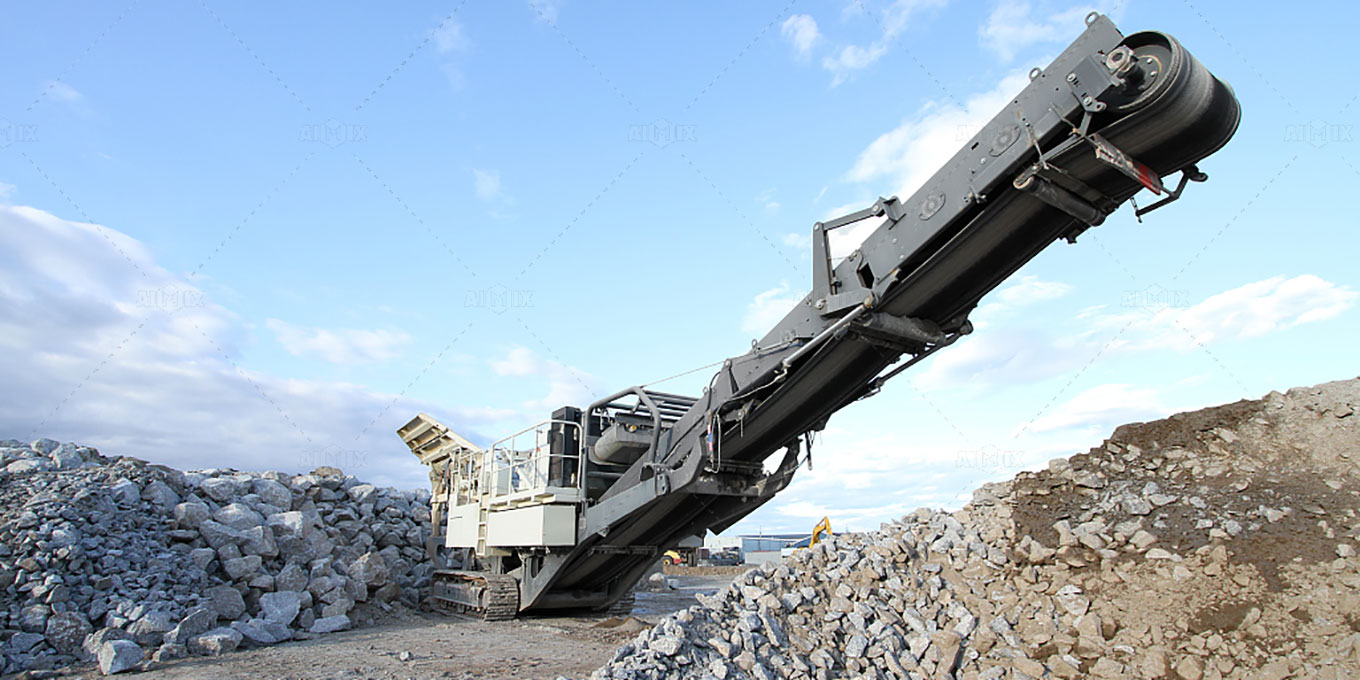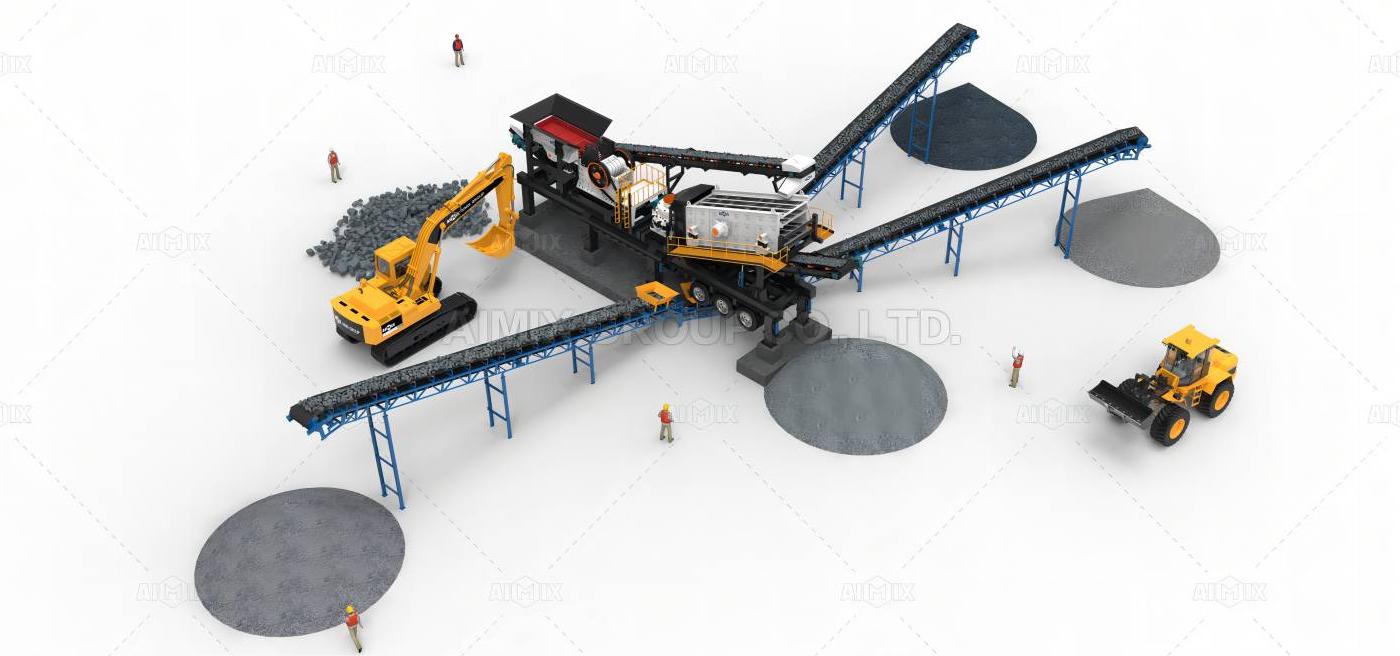The rock crusher is a crucial component in various industries, serving as the primary mechanism for reducing large rocks into smaller, more manageable sizes. In handling raw materials of varying hardness and particle size, the rock crusher for sale employs several adjustments and advanced techniques to ensure optimal performance.
I. Introduction
A. Overview of the Rock Crusher
A rock crusher is a mechanical device designed to break down large rocks into smaller pieces. It typically features a crushing chamber, a rotating shaft, and crushing surfaces such as jaws or cones.
B. Importance of Handling Different Hardness Levels and Particle Sizes
Efficient crushing requires the ability to process raw materials with varying characteristics. Failing to adjust for hardness and particle size can lead to:
-
Reduced operational efficiency
-
Increased wear and tear on equipment
-
Lower product quality

II. Adjustments for Raw Materials
A. Impact of Hardness on Crushing Process
Material hardness greatly influences the chosen crushing method and machine settings.
- Crushing Methods for Harder Materials
Compression and impact crushing methods are often used to apply sufficient force to break down hard rock.
- Wear and Tear on Crusher Components
Harder materials accelerate wear on parts like jaws, liners, and hammers. Regular maintenance is essential to prevent excessive damage.
B. Handling Variations in Particle Size
Differences in particle size can significantly affect crushing efficiency and the quality of the final output.
- Adjustable Settings for Particle Size Control
Modern aggregate crushers offer adjustable discharge settings, enabling operators to customize the final product size.
- Impact on Efficiency and Product Quality
Uniform particle sizes improve efficiency and ensure high-quality aggregate for construction and industrial applications.
III. Advanced Techniques and Technologies
A. Integration of Advanced Crushing Technologies
Technological innovations are enhancing the performance, adaptability, and control of rock crushers.
- Hydraulic Pressure Systems for Adaptive Crushing
Hydraulic systems allow real-time adjustment of crushing parameters to accommodate different material conditions.
- Computerized Controls for Precision
Automated systems support precise adjustments, remote monitoring, and diagnostics, improving productivity and reducing downtime.

B. Consideration of Material Characteristics
Understanding raw material properties is essential for selecting the right gravel crusher and optimizing performance.
- Importance of Material Knowledge
Factors like hardness, abrasiveness, and moisture content influence equipment choice and settings.
- Sensors and Monitoring Systems for Real-Time Feedback
Integrated sensors provide live data, helping operators make immediate adjustments for efficient crushing.
Conclusion
Rock crushers are designed to handle raw materials of varying hardness and particle size through a combination of adjustable settings and advanced technologies. By accounting for these variables, operators can achieve:
-
Efficient and consistent operation
-
Reduced equipment wear
-
High-quality final products
These practices ensure the crusher meets the demands of modern industries across construction, mining, and manufacturing sectors.

Comments
No comments yet. Be the first to react!